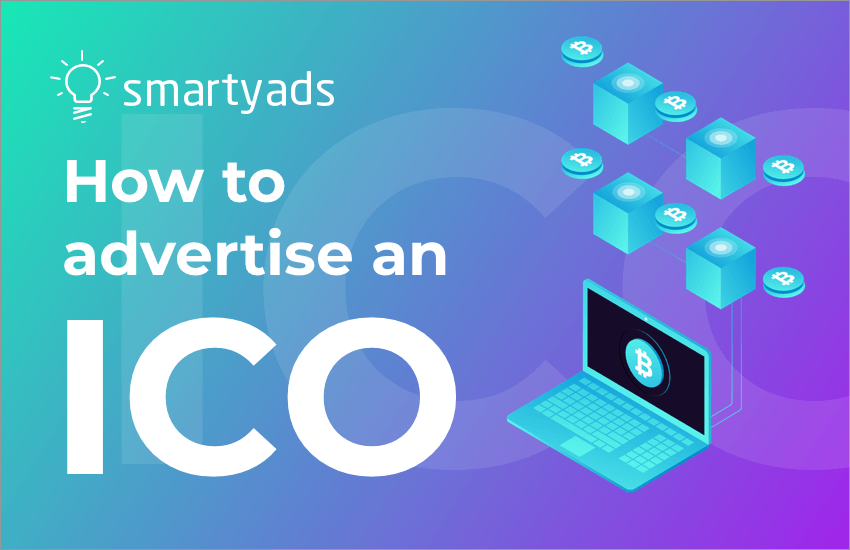Initial Coin Offerings, or ICOs, raised around $4 billion in 2017. But where the explosive growth is, there’s a risk too: out of 902 crowd sales that took place in 2017, 142 failed at the funding stage. 276 ICOs have failed due to taking the money and running away or slowly falling off the radar. The most crisis-proof projects survived to face the new unexpected challenge of the online giants limiting the advertising opportunities. The first punch was thrown by Facebook: since January 30 its advertising policy prohibits promotions on Facebook, Instagram and Audience Network that use “misleading or deceptive promotional practices,” which includes ads of cryptocurrencies and ICOs.
Issues with ICO behavioral advertising
2018 brings a whole ordeal for the crypto industry: according to some forecasts, the ICO market will soon get over the natural selection and only the fittest 10% cryptocurrencies from the 1,550 existing today will survive. It sounds believable, as from the start of the year cryptocurrency market capitalization fell to 50% and equaled $307.7 billion, i.e., market capitalization has been halved. And this month the largest changes took place due to the two factors: on March 14 Google, following the lead of Facebook and Instagram, had declared that it will ban all advertising related to ICOs and the crypto industry. The reason for that is the attempt to limit the risks for consumers. Moreover, Twitter Inc. joined the club of cryptocurrency ad-blockers and banns relevant ads since March 27.
By taking such steps Google, Facebook and Twitter put the ICO creators in the considerable disadvantage: even if the ICO is a really helpful and vivid project, its creators are now strictly limited in the possibilities for attracting the potential investors. Google Adwords ban will go into effect only in June 2018 - but advertisers have already noticed the drop of their ad views in ICO promotions. Industry analysts connect this effect to the fact that Adwords ads with cryptocurrency promotion can be defined as “limited,” i.e., that even if they are approved, there are no guarantees that ads will be shown to the target audience because of the limitation of such parameters as age, geo or device type.
Of course, this ban campaign affected the ICOs: according to the latest data, 76% of the ICOs launched in the first quarter of this year are already trading at a price that is lower than the initial one. This tendency places such ICOs into so-called ‘red zone’, where the risks to go bankrupt and not to reach the goal increases by many times. Compared to the last year when ICOs produced an average ROI of 573% and every project spent at least $5000 for promotion via Google, Facebook and forums, now investors would be satisfied just to see their tokens turned green (it means that tokens are trading at least at the full price).
So, how to advertise an ICO?
One of the options for marketers is to shift their attention to third-party platforms like SmartyAds DSP that can deliver traffic of the trusted and pre-checked ICOs.
DSP (Demand-Side Platform) is an all-in-one media-buying platform existing independently from social networks and Google thanks to a direct connection with publishers. DSP is a part of a programmatic ad buying process which includes numerous SSPs, DSPs, Ad Exchanges and Ad Networks that are all connected into a powerful advertising engine designed to deliver the most relevant traffic to the best buyers in real-time. The most important advantage of programmatic solutions is the automation of a decision-making process that allows every client to reach the precisely defined target audience in the right place and time in a few milliseconds.
SmartyAds DSP is self-serve easy-to-use service where a customer can set up the promotional campaign just as quickly as on the accustomed Facebook Ads or Google Adwords interface. Multiple targeting options (from geo to behavioral targeting) and a huge international network of premium publishers, as well as smart optimization features, provide all the opportunities to reach campaign goals. Moreover, customers of the SmartyAds DSP can get analytics and all the necessary campaign data in real-time reports and be sure about the brand safety including quick detection and prevention of the bot traffic. Therefore, if you are struggling to reach your audience with all the banns, don’t hesitate to try out programmatic.




